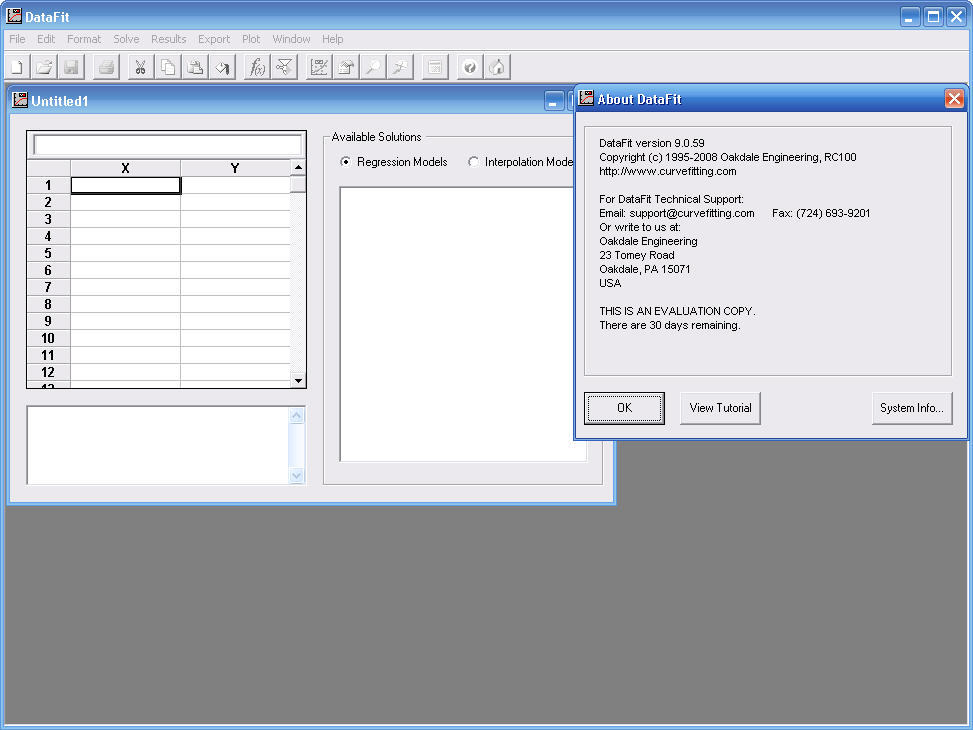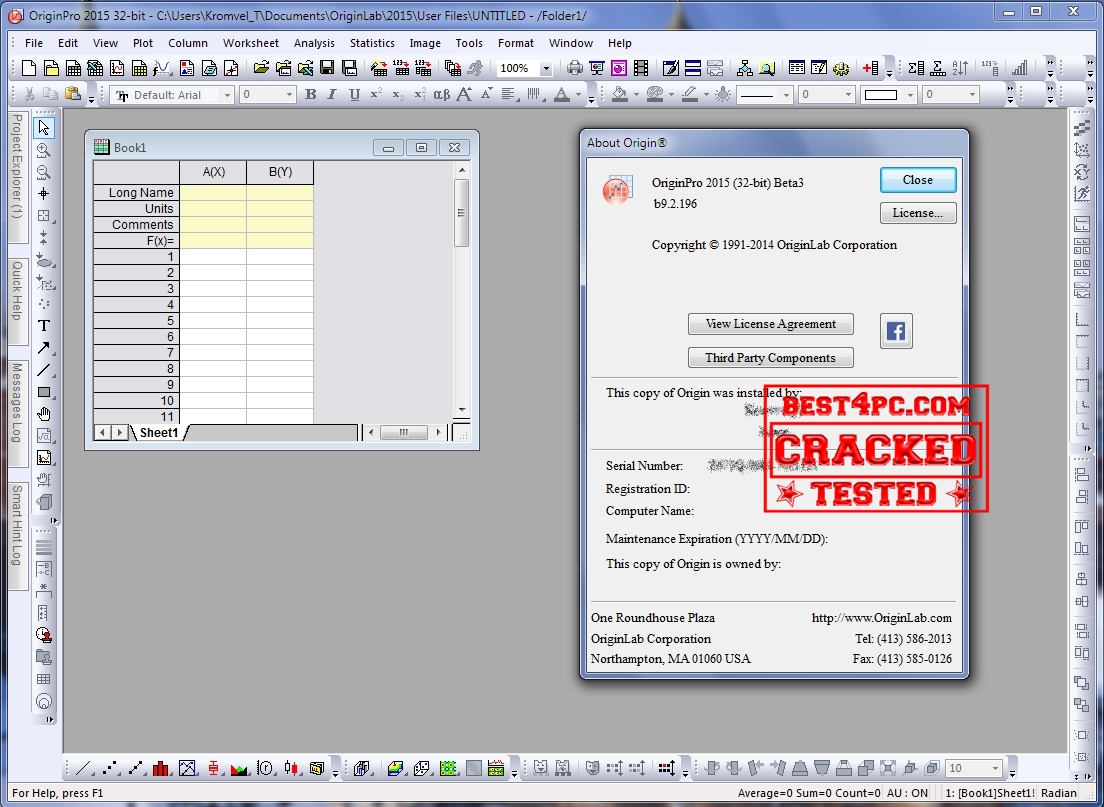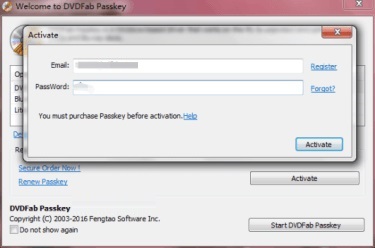

Map of the world, entirely from user-contributed data?Ĭloser to home, we might use the local land records web sites: But have you heard of theĬollaborative effort at to produce a complete Literally, we're mapping out our entire planet for use online. The ultimate form of representing the world around us using computers. To the fascinating world of Geographic Information Systems. This month, our very own Doug Newcomb will give us an introduction

WHERE: Red Hat HQ, NCSU Centennial Campus We are still a long way from the kind of "Artificial Intelligence" that we have seen in science-fiction programmes and movies, but the Semantic Web moves us forward in our evolution of adapting technology to simplify our lives. This will provide the potential for a huge surge in productivity as we enable computers to perform lower-value tasks for us, freeing people to focus on tasks which require human creativity. This makes it difficult for us to program computers to perform useful, time-consuming tasks for us, using data retrieved over the Web.Īs the Semantic Web vision unfolds and more data is provided in "structured data" form, it will become increasingly easy to develop programs which can appear to act much more intelligent in terms of how they interact with the web and with each other. On today's web, most data is provided in a format which is easy for humans to understand, but which computer programs have trouble understanding. The Semantic Web is the name given to Sir Tim Berners-Lee's vision for the next generation of the World Wide Web.

Please join us as Phillip Rhodes gives us a glimpse into the future of the internet - the Semantic Web.


 0 kommentar(er)
0 kommentar(er)
